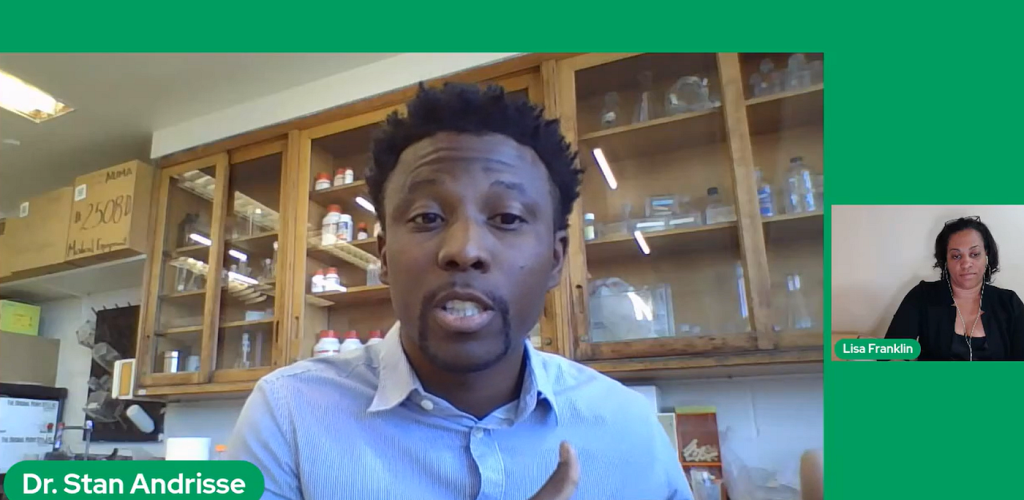As the saying goes, you cannot wholly judge a book by its cover. Unfortunately, this habit is deeply ingrained within communities across the United States. Due to factors like lack of understanding, inherited bias, misrepresentation, and more, both community and educational leaders are continuing to take strides to tackle and dismantle the stigma surrounding formerly incarcerated individuals.
Our panel dove into a heartfelt discussion on what businesses, education institutions, and communities can do to address divisions based in fear so that we can journey forward into progress. Joining our very own Lisa Franklin, VP of Global Brand Marketing at ThriveDX, is Dr. Stanley Andrisse, MBA, PhD, Executive Director of From Prison Cells to PhD, a 501(c)(3) non-profit organization located in Baltimore, MD.
When we discuss recidivism, the term refers to the rate at which formerly incarcerated people return back to prison. Although the factors contributing to its calculation can at times be both varied and far-reaching, a common pattern can be identified in recidivism trends: many formerly incarcerated individuals return to prison not because they have broken any laws, but because of violations, both large and minuscule.
This is a tendency towards unyielding solutions for re-integrating this population back into the community. As evidenced by the state of the criminal justice system, access to public programs, and other institutionalized practices across privately-held companies, there are well over 44,000 documented collateral consequences associated with having a prior criminal conviction. These clauses negatively impact the quality of life regardless of whether a criminal sentence has already been paid, factoring into recidivism risk and leading to increased recidivism rates.
“The recidivism rate is 40–60%, that’s 6 out of 10 people that will return to prison,” says Dr. Andrisse. By these numbers and statistical data gathered from research studies at John Hopkins University and the like, even if not getting a degree, the minute an individual with prior convictions steps on a college campus, this number drops. Those who receive an Associate’s degree drop to 13%, while a Bachelor’s drops to 5% and a Master’s degree or higher essentially eliminates recidivism entirely.
While the numbers support these findings, the overall consensus also supports the belief that access to education is one of the most powerful things we can do in our communities to impact recidivism trends while also making our communities safer. However, the work should not stop there. One of the leading challenges that contribute to recidivism risk is access to schooling and jobs. These can easily be addressed by support pathway programs providing measurable soft skills training amendable to the school or work environment, as well as employer deep DEI (diversity, equity, and inclusion) change that involves a narrative shift to reclaim negative connotations and replace them with positive reinforcement.
“Those with prior criminal records are more intent on not returning, with John Hopkins data showing that those with prior records are actively outperforming those with no records, increasing their professional advancement trajectory at higher levels than their peers,” says Dr. Andrisse.
It is our responsibility as community leaders, active citizens, and members of society to show compassion and provide a network of support and mentoring, as these are two of the strongest factors capable of turning the tide against recidivism. With the power of proximity, we can nurture the intelligence within this group and connect on a more personal label to move beyond surface-level labels restricting the discovery of true identity.
Watch our latest panel discussion, How STEM Opportunities Reduce Recidivism Among Formerly Incarcerated People, on LinkedIn to learn more about the trending and ongoing challenges facing recidivism in the United States. Mediated by Lisa Franklin, this panel goes into detail about the contributing factors leading to increased recidivism rates, barriers to breaking free of the recidivism cycle, the impact of higher education, and the desirability of STEM opportunities in decreasing recidivism risk to permanently decrease recidivism rates amongst formerly incarcerated people.
For more conversations in higher education, follow us on LinkedIn for regular news, updates, and upcoming events.


